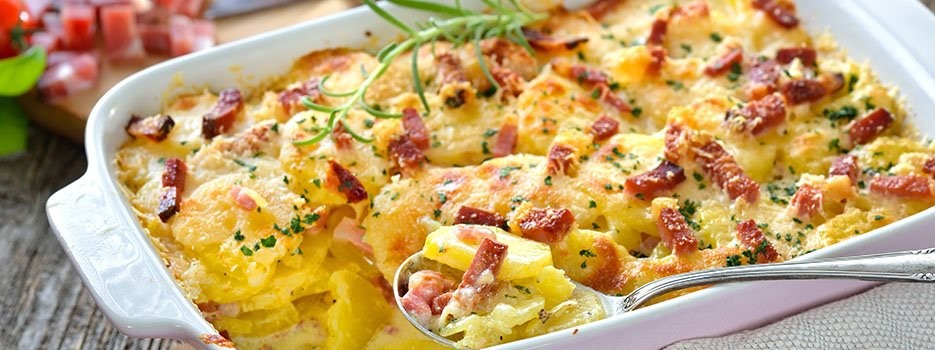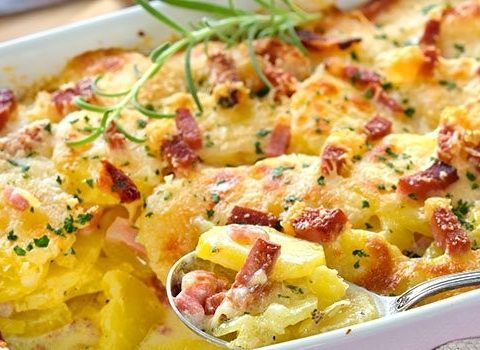How Much Comfort Is in Comfort Food?
For some, it’s homemade chicken soup made in grandma’s kitchen many years ago. For others, it’s cinnamon-flavored French toast, fried in a worn-out pan and enjoyed with the whole family at breakfast. Or maybe it’s baked potatoes, fruit pie, or pancakes with jam. The list could go on forever. In fact, *any* dish can wear the crown of Miss Comfort Food as long as it’s tied to a memory, a feeling, a moment. Proof that “delicious isn’t what’s objectively best—it’s what I like.”
It all began, of course, with a word. The term “comfort food”—a curious combination—first appeared in 1966 in an article in the Palm Beach Post. The journalists wrote, in an article about obesity, that “when faced with emotional stress, people turn to comfort food—dishes associated with the safety of childhood, like poached eggs or chicken soup.”
The term caught on quickly, perhaps because people had been craving such a phrase for a long time. How else to label a category of food that, besides generating a nostalgic sense of well-being, has almost nothing else in common? A challenge even for Marcel Proust, the great French author, who—long before the term existed—gave us the most famous literary description of this phenomenon. In his novel In Search of Lost Time, Proust recalls how the taste of a madeleine from his childhood flooded him with overwhelming emotions of love and happiness.
Since then, comfort food has become so mainstream in the U.S. that it even got its own official day: National Comfort Food Day, celebrated each year on December 5. And like any self-respecting cultural trend, it has been thoroughly studied by—you guessed it—researchers. After surveys, interviews, and enough data to fill a casserole dish, scientists have pinpointed 5 reasons we’re so drawn to comfort food:
- It triggers a feel-good response. Think chocolate.
- It satisfies our deep need for belonging—linking us to family, friends, or social rituals.
- It evokes nostalgia, like Proust’s madeleine.
- It’s tied to joyful events—birthdays, holidays, cozy weekends.
- It often fills an emotional void—a habit known as emotional eating.
So now we know the “what” and the “why.” But what exactly falls into the big, bubbling pot of comfort food? Well… “calorie bombs” might be one answer, though few are bold enough to say it out loud—except maybe some slightly annoying nutritionists.
Homemade sweets and cakes, hearty winter meals that simmer for hours, dishes loaded with dough, fat, sugar, or salt, and of course, the sacred carbohydrates we dutifully avoid most of the time—these are just a few examples of comfort food. They vary from person to person, just like emotions and memories do. Because sometimes, it’s not food we’re craving… but the delicious memory of a special moment.


